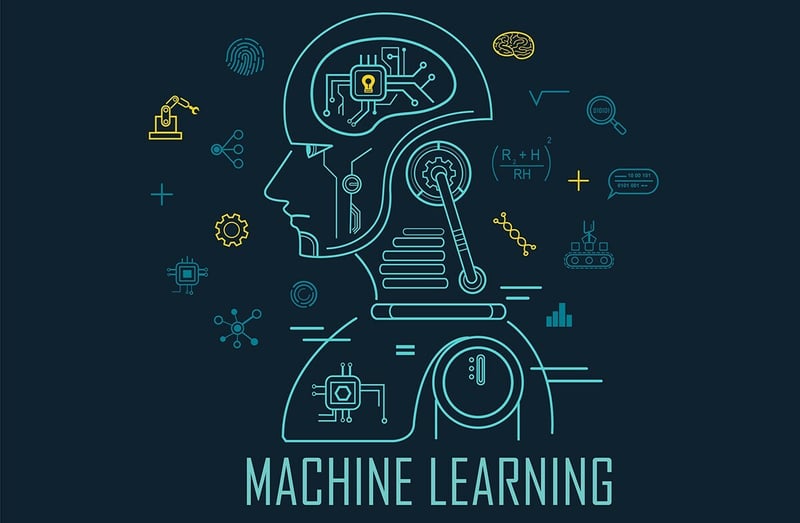dev-resources.site
for different kinds of informations.
An Introduction to Machine Learning: What is it and How Does it Work?
Introduction:
Machine learning is a subfield of artificial intelligence that involves the use of algorithms and statistical models to allow a machine to improve performance on a specific task without explicitly being programmed. In this article, we'll take a closer look at what machine learning is and how it works.
What is Machine Learning?
Machine learning is a method of training a machine to learn from data, rather than being explicitly programmed. It involves feeding a machine a large dataset and allowing it to learn and improve performance over time. There are several different types of machine learning, including:
- Supervised learning: This type of machine learning involves training a machine on a labeled dataset, where the correct output is provided for each example in the dataset. The machine is then able to make predictions about new, unseen data based on what it has learned from the training data.
- Unsupervised learning: This type of machine learning involves training a machine on an unlabeled dataset, where the correct output is not provided. The machine must find patterns and relationships in the data on its own.
- Reinforcement learning: This type of machine learning involves training a machine through trial and error, where the machine is given a set of rules and receives rewards or punishments based on its actions.
How Does Machine Learning Work?
There are several steps involved in the machine learning process:
- Collect and prepare the data: The first step in the machine learning process is to collect and prepare the data that will be used to train the machine. This involves cleaning and preprocessing the data to ensure that it is in a usable format.
- Choose an algorithm: The next step is to choose an algorithm that will be used to train the machine. There are many different algorithms to choose from, and the choice will depend on the specific task and the type of data being used.
- Train the machine: Once the algorithm has been chosen, the machine is trained on the dataset. This involves feeding the machine the data and allowing it to learn and improve performance over time.
- Evaluate the machine: After the machine has been trained, it is important to evaluate its performance to ensure that it is accurate and reliable.
- Make predictions: Once the machine has been trained and evaluated, it can be used to make predictions about new, unseen data.
Applications of Machine Learning
Machine learning has many practical applications, including:
- Image and speech recognition: Machine learning algorithms can be used to analyze and interpret images and speech, allowing for applications such as facial recognition and voice-activated assistants.
- Predictive maintenance: Machine learning can be used to analyze data from sensors and predict when equipment is likely to fail, allowing for proactive maintenance and reduced downtime.
- Fraud detection: Machine learning can be used to analyze patterns in data and identify potential instances of fraud, allowing for improved security and reduced risk.
Conclusion
Machine learning is a powerful and widely-used tool in the field of artificial intelligence. From image and speech recognition to predictive maintenance, the possibilities are endless. As the technology continues to evolve and mature, we can expect to see even more exciting and innovative applications of machine learning in the future.
Featured ones:
